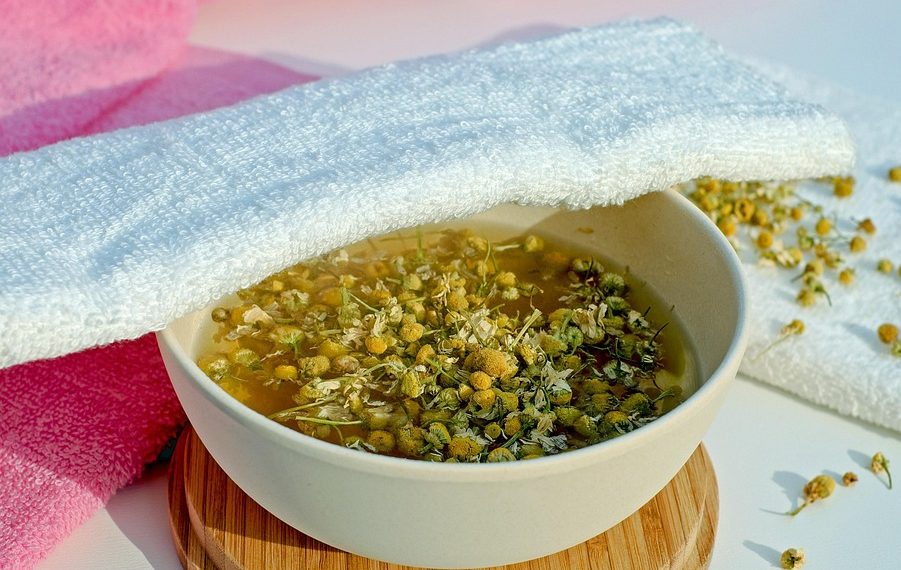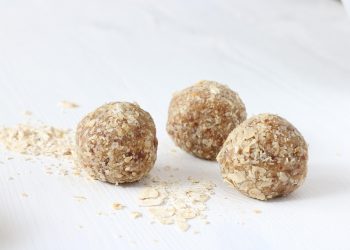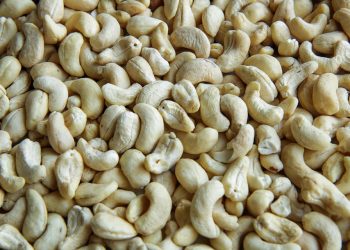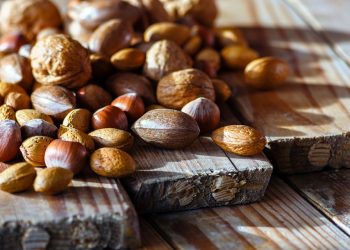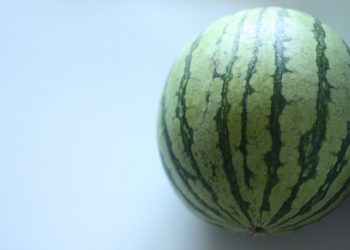Anti-inflammatory natural diets can transform your life. They offer a pathway to not just relief from discomfort but also to vibrant health. Imagine waking up every day feeling energized, free from the nagging aches and fatigue that can weigh you down. It’s not just a dream; it’s achievable through the food you choose to nourish your body.
In this article, we’ll explore seven compelling anti-inflammatory diets packed with flavor, nutrients, and promise. You’ll discover how these diets can reduce inflammation, enhance your mood, and boost your overall wellness. Let’s dive into the world of natural healing through food.
Contents
Understanding Inflammation
Before we get into the diets, let’s chat about inflammation. Your body’s natural response to injury or infection is inflammation. But when it becomes chronic, it can lead to serious health issues like heart disease, diabetes, and autoimmune disorders.
Understanding this is crucial. Your choices in the kitchen can either fuel that inflammation or help calm it down. By embracing the right anti-inflammatory diet, you’re taking a powerful step toward a healthier, happier life.
Why Choose an Anti-Inflammatory Diet?
You might wonder, “Why should I focus on an anti-inflammatory diet?” The answer lies in the profound impact that food has on your body. Here are a few benefits:
- Reduced Pain: Many people report less joint pain and muscle soreness when they adopt these diets.
- Improved Mood: Foods rich in omega-3 fatty acids and antioxidants help stabilize mood and reduce anxiety.
- Enhanced Digestion: Many anti-inflammatory foods are high in fiber, promoting gut health.
- Weight Management: These diets often lead to natural weight loss, enhancing your overall well-being.
1. The Mediterranean Diet
The Mediterranean diet is a celebration of flavors and colors. It emphasizes whole foods, healthy fats, and plenty of fruits and vegetables.
Key Components:
- Olive Oil: A staple fat that’s rich in antioxidants.
- Fruits and Vegetables: Aim for a rainbow on your plate; the more variety, the better.
- Whole Grains: Foods like quinoa, barley, and brown rice provide essential nutrients.
- Nuts and Seeds: Almonds, walnuts, and flaxseeds are fantastic sources of healthy fats.
Why It Works: Research shows that the Mediterranean diet can lower levels of inflammatory markers in the body. Harvard Health has long touted its benefits, linking it to heart health and reduced inflammation.
2. The Paleo Diet
The Paleo diet invites you to eat like our ancestors did—think whole foods, lean proteins, and fresh produce.
Key Components:
- Lean Meats: Grass-fed beef, poultry, and wild-caught fish.
- Fruits and Vegetables: Focus on non-starchy varieties.
- Nuts and Seeds: Great for snacking and adding crunch to meals.
- Healthy Fats: Coconut oil and avocado oil are perfect choices.
Why It Works: Studies suggest that the Paleo diet may help reduce inflammation and support weight loss. By eliminating processed foods and sugars, you give your body the chance to heal.
3. The Vegan Diet
Going vegan isn’t just about abstaining from animal products; it’s about embracing a vibrant array of plant-based foods.
Key Components:
- Legumes and Pulses: Beans, lentils, and chickpeas are protein-packed.
- Whole Grains: Brown rice, quinoa, and oats provide the energy you need.
- Fruits and Vegetables: The more diverse, the better for your health.
- Nuts and Seeds: Great sources of omega-3s and healthy fats.
Why It Works: A vegan diet is rich in antioxidants and fiber, both of which combat inflammation. Studies have shown that a plant-based diet can lead to lower levels of inflammatory markers. Check out NutritionFacts.org for more insights on the benefits of plant-based eating.
4. The Ketogenic Diet
The ketogenic diet is all about low carbs and high fats. It’s not for everyone, but many find it effective for reducing inflammation.
Key Components:
- Healthy Fats: Avocados, olive oil, and nuts.
- Non-Starchy Vegetables: Spinach, kale, and broccoli.
- High-Quality Protein: Eggs, fish, and grass-fed meats.
- Limited Carbs: Avoid grains and sugars.
Why It Works: The ketogenic diet can lower insulin levels and reduce oxidative stress, both of which contribute to inflammation. Research from the Journal of Nutrition highlights its potential benefits.
5. The Whole30 Diet
The Whole30 program is a 30-day reset that eliminates foods that may cause inflammation.
Key Components:
- Whole Foods: Focus on fresh, unprocessed ingredients.
- No Sugar: For 30 days, eliminate all forms of sugar.
- No Grains or Dairy: This helps identify potential food sensitivities.
Why It Works: By cutting out foods that often cause inflammation, you can identify what might be harming your body. Many participants report feeling more energetic and less bloated after the program.
6. The Anti-Inflammatory Diet
This diet isn’t just a title; it’s a meticulous selection of foods designed to combat inflammation.
Key Components:
- Berries: Blueberries and strawberries are loaded with antioxidants.
- Fatty Fish: Salmon, mackerel, and sardines are excellent sources of omega-3s.
- Leafy Greens: Spinach, kale, and Swiss chard are nutrient-dense.
- Spices: Turmeric and ginger are powerful anti-inflammatory agents.
Why It Works: This diet prioritizes foods that have been scientifically proven to reduce inflammation. A study published in the American Journal of Clinical Nutrition supports the effectiveness of these foods.
7. The Flexitarian Diet
The Flexitarian diet allows for flexibility, making it easier to adopt. It emphasizes plant-based foods while allowing occasional meat.
Key Components:
- Fruits and Vegetables: Fill half your plate with produce.
- Whole Grains: Incorporate grains like quinoa and brown rice.
- Legumes: Beans and lentils should be staples.
- Occasional Meat: Enjoy lean meats in moderation.
Why It Works: This diet reduces inflammation by promoting whole foods while allowing for occasional indulgences. It’s a sustainable approach that can lead to long-term health benefits.
Making the Transition
Transitioning to an anti-inflammatory natural diet might seem daunting, but it doesn’t have to be. Start small. Choose one meal a day to focus on anti-inflammatory ingredients.
Consider these tips:
- Plan Your Meals: Take some time each week to plan your meals. This will keep you on track.
- Experiment with Flavors: Don’t be afraid to try new recipes. Cooking can be an exciting adventure!
- Listen to Your Body: Notice how certain foods make you feel. This will guide your choices.
Bottom Line
Adopting an anti-inflammatory natural diet is more than just a health trend; it’s a lifestyle change that can lead to lasting wellness. Whether you choose the Mediterranean, Paleo, or another diet, the key is to embrace whole, nutrient-dense foods that nourish your body and soul.
Start today. Your body deserves it.
FAQ
Q: Can I combine these diets?
A: Absolutely! Many elements overlap, so feel free to mix and match.
Q: How soon can I see results?
A: Many people notice improvements in energy and mood within a few weeks.
Q: Is it expensive to eat this way?
A: It can be, but planning and buying in bulk can help manage costs.
Embrace the power of food for your health. The journey to wellness begins in your kitchen.
Get Your FREE Natural Health Guide!
Subscribe now and receive our exclusive ebook packed with natural health tips, practical wellness advice, and easy lifestyle changes — delivered straight to your inbox.

